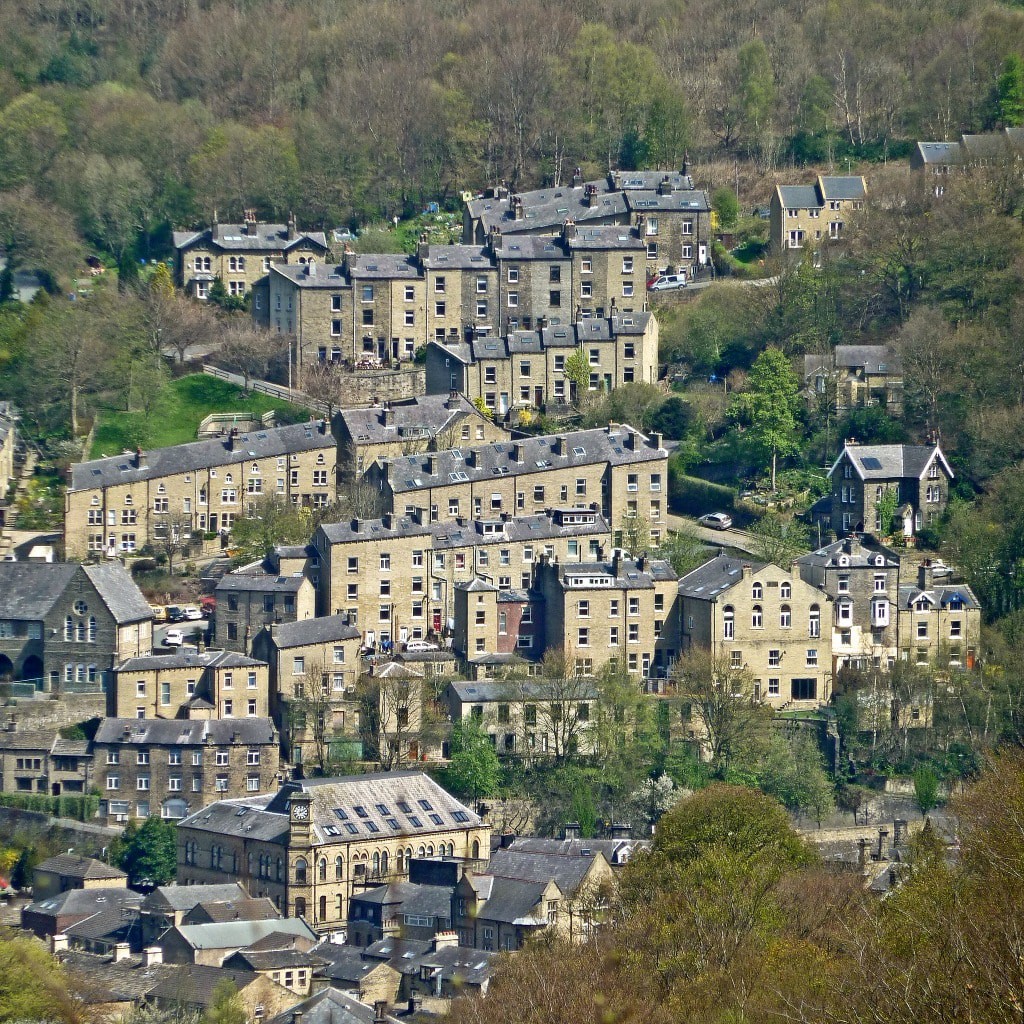Hebden Bridge, West Yorkshire: a thriving pocket of culture
Hebden Bridge developed into an industrial town in the nineteenth century – as did many of Manchester’s surrounding towns. At one point, it was known as ‘Trouser Town’. But its distinctive landscape, with hills and streams, made it ideal for water-powered weaving mills. Built in 1897, the Town Hall is a Grade II Listed Building. It has acted […]





